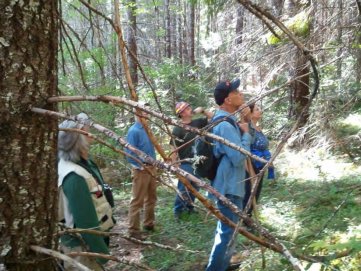The CSEPP Seal
CSEPP’s seal features a turtle in harmony with the human world. The turtle has strong origin myths about the world in both Eastern and Western cultures, and it represents the natural environment. The turtle floats below the name and rings so as not to be constrained by linear barriers. The …









